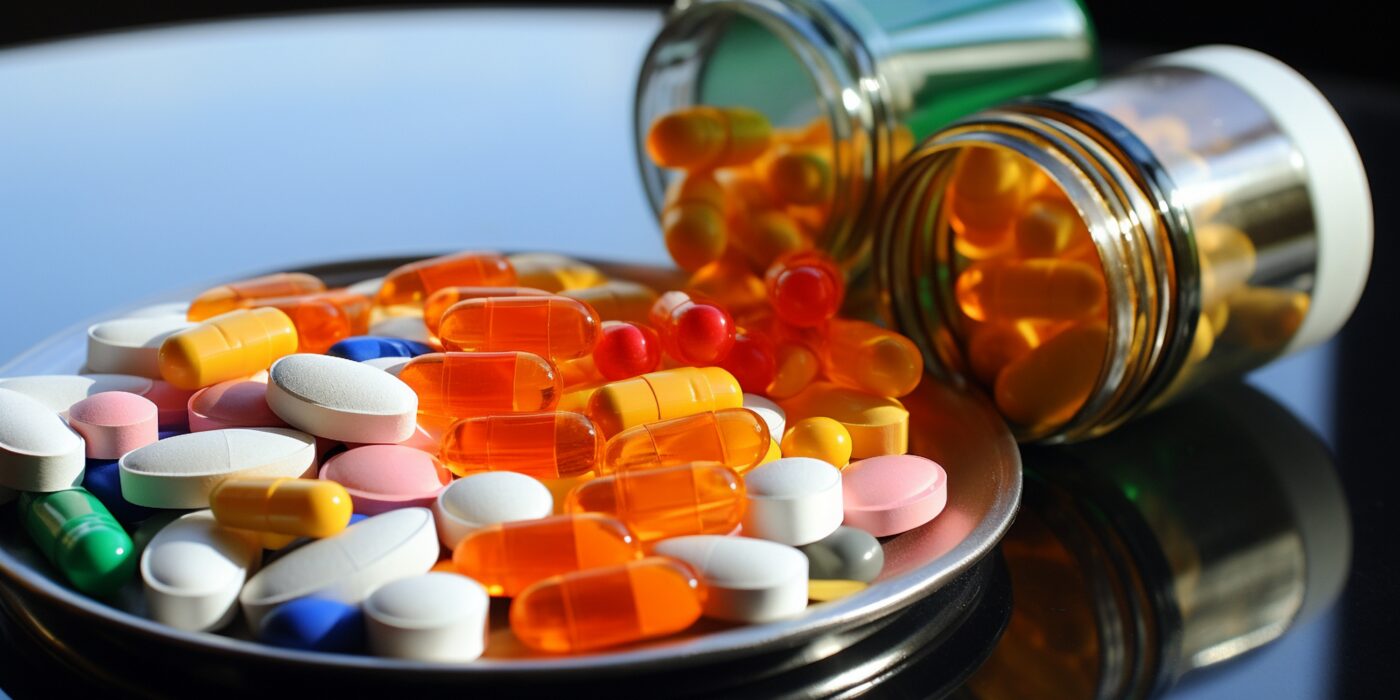Attention-deficit/hyperactivity disorder (ADHD) is a common neurodevelopmental condition characterized by patterns of inattention, hyperactivity, and impulsivity that can impact daily functioning across life stages. While behavioral strategies and therapy are valuable components of a comprehensive management plan, medication is often a cornerstone of treatment for many individuals. Understanding the different types of ADHD medications, how they work, and their potential benefits is crucial for making an informed decision in partnership with your healthcare provider. This guide provides a detailed overview to empower you on that journey.
The Role of Medication in Managing ADHD
Think of ADHD medication like eyeglasses for the brain. Just as glasses help focus eyesight, medication helps individuals with ADHD focus their thoughts, ignore distractions, and better control their behaviors. It’s important to understand that medication does not cure ADHD. Instead, it effectively manages the core symptoms while it is active in your system, enabling you to function more effectively in school, work, and social situations. For many, this symptom control provides the mental clarity needed to successfully implement behavioral strategies and skills learned in therapy .
Stimulant Medications: The First-Line Approach
Stimulants are the most commonly prescribed and extensively researched class of ADHD medications. Despite their name, they don’t work by increasing stimulation. Instead, they enhance the levels of key neurotransmitters in the brain namely dopamine and norepinephrine. These chemicals play vital roles in attention, motivation, and executive function. Studies show that approximately 70-80% of individuals with ADHD respond positively to stimulant medication, finding significant improvement in hyperactivity, impulse control, and attention span .
Stimulants are broadly categorized into two main types:
1. Methylphenidate-Based Medications
This category includes medications like Ritalin (short-acting) and Concerta (long-acting). These drugs work primarily by blocking the reuptake of dopamine and norepinephrine, making more of these neurotransmitters available in the brain.
2. Amphetamine-Based Medications
This category includes medications like Adderall (mixed amphetamine salts) and Vyvanse (lisdexamfetamine). Amphetamines not only block reuptake but also increase the actual release of these neurotransmitters .
Both types are considered equally effective overall, though an individual may respond better to one than the other. The choice often comes down to personal response, side effect profile, and desired duration of effect.
Non-Stimulant Medications: A Valuable Alternative
For individuals who cannot tolerate stimulants, do not experience sufficient benefit, or have certain co-existing conditions, non-stimulant medications offer an effective alternative. They are not controlled substances, meaning they have a lower potential for misuse. However, they can take several weeks to reach their full effect. They work by increasing norepinephrine in the brain and are often ideal for patients with co-occurring anxiety disorders or a history of substance misuse .
Common non-stimulant options include:
-
Atomoxetine (Strattera): A selective norepinephrine reuptake inhibitor (SNRI) approved for both children and adults. It provides 24-hour symptom control.
-
Viloxazine (Qelbree): Another SNRI approved for ADHD treatment, offering once-daily dosing.
-
Alpha-2 Adrenergic Agonists: Including guanfacine ER (Intuniv) and clonidine ER (Kapvay). Originally developed to treat high blood pressure, these medications help improve emotional regulation, hyperactivity, and impulsivity by targeting receptors in the prefrontal cortex .
The Role of Antidepressants in ADHD Treatment
While not FDA-approved specifically for ADHD, certain antidepressants may be prescribed off-label, either alone or in combination with a stimulant. This is particularly common when ADHD co-occurs with depression or an anxiety disorder. Antidepressants that work on both norepinephrine and dopamine, such as bupropion (Wellbutrin), can sometimes help with ADHD symptoms. However, selective serotonin reuptake inhibitors (SSRIs), which only affect serotonin, are generally not effective for treating core ADHD symptoms .
Understanding Formulations: Short-Acting vs. Extended-Release
One of the most critical choices is the duration of the medication’s effect.
-
Immediate-Release (Short-Acting): These formulations typically begin working within 30-45 minutes and last 3-6 hours. They require multiple daily doses (e.g., taken at breakfast, lunch, and sometimes after school). While they offer more scheduling flexibility, they can cause a “rebound effect” or “crash” as they wear off, characterized by fatigue, irritability, and intense hunger .
-
Extended-Release (Intermediate/Long-Acting): Taken once daily in the morning, these formulations are designed to provide steady symptom control throughout the day, often lasting from 8 to up to 16 hours. They eliminate the need for midday dosing at school or work, provide more consistent symptom management, and can minimize the ups and downs associated with short-acting medications. Many people find that extended-release options like Concerta lead to fewer side effects and smoother overall management .
Finding the Right Medication and Dose: A Step-by-Step Process
Finding the optimal treatment is a highly personalized process that requires patience and close collaboration with your healthcare provider.
-
Comprehensive Evaluation: The process begins with a thorough diagnosis and review of your full medical history, including any co-existing conditions.
-
Shared Decision-Making: Your doctor will discuss the potential benefits and risks of different options with you, helping you choose an initial medication and formulation based on your individual needs, lifestyle, and symptoms .
-
Titration (“Start Low, Go Slow”): Treatment almost always begins with a low dose. Your provider will then gradually adjust the dose upward until you find the “sweet spot”—the dose that provides the maximum benefit with the fewest tolerable side effects. Liquid formulations can be particularly helpful for this fine-tuning process .
-
Ongoing Monitoring: Once an effective dose is established, regular follow-ups are essential. Your provider will monitor the medication’s effectiveness, track any side effects, and check vital signs like height, weight, blood pressure, and heart rate .
This entire process underscores the necessity of professional guidance. Self-medicating or adjusting doses without medical supervision can be ineffective and potentially dangerous.
Conclusion: Your Path to Effective Management
Navigating the world of ADHD medications can seem complex, but you don’t have to do it alone. With a range of effective options available—from methylphenidate and amphetamine-based stimulants to non-stimulant alternatives like Strattera—there is likely a solution that can significantly improve your quality of life or that of your child. The key is to work closely with a knowledgeable healthcare provider who can guide you through the process of selecting the right medication and formulation, carefully titrating the dose, and providing ongoing support. By taking these steps, you can find a treatment plan that effectively manages symptoms and helps you achieve your full potential.




